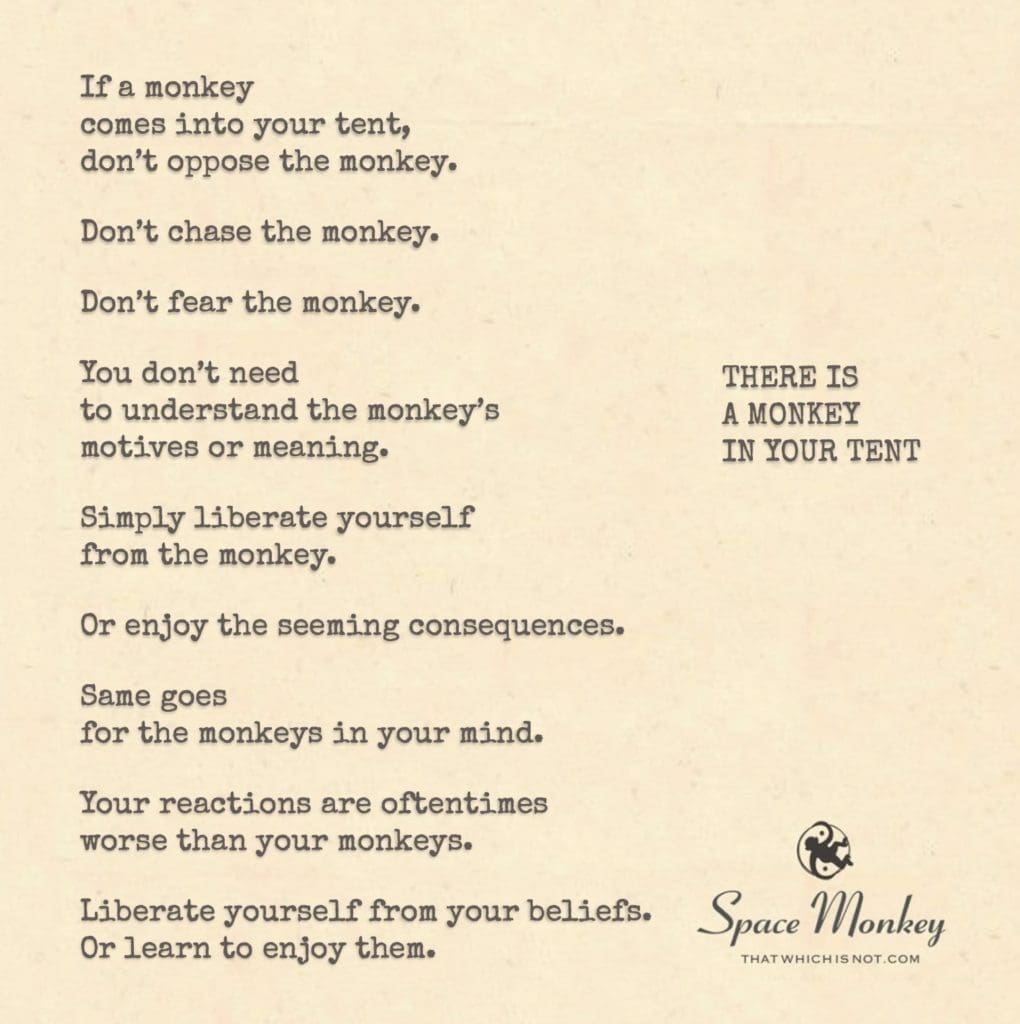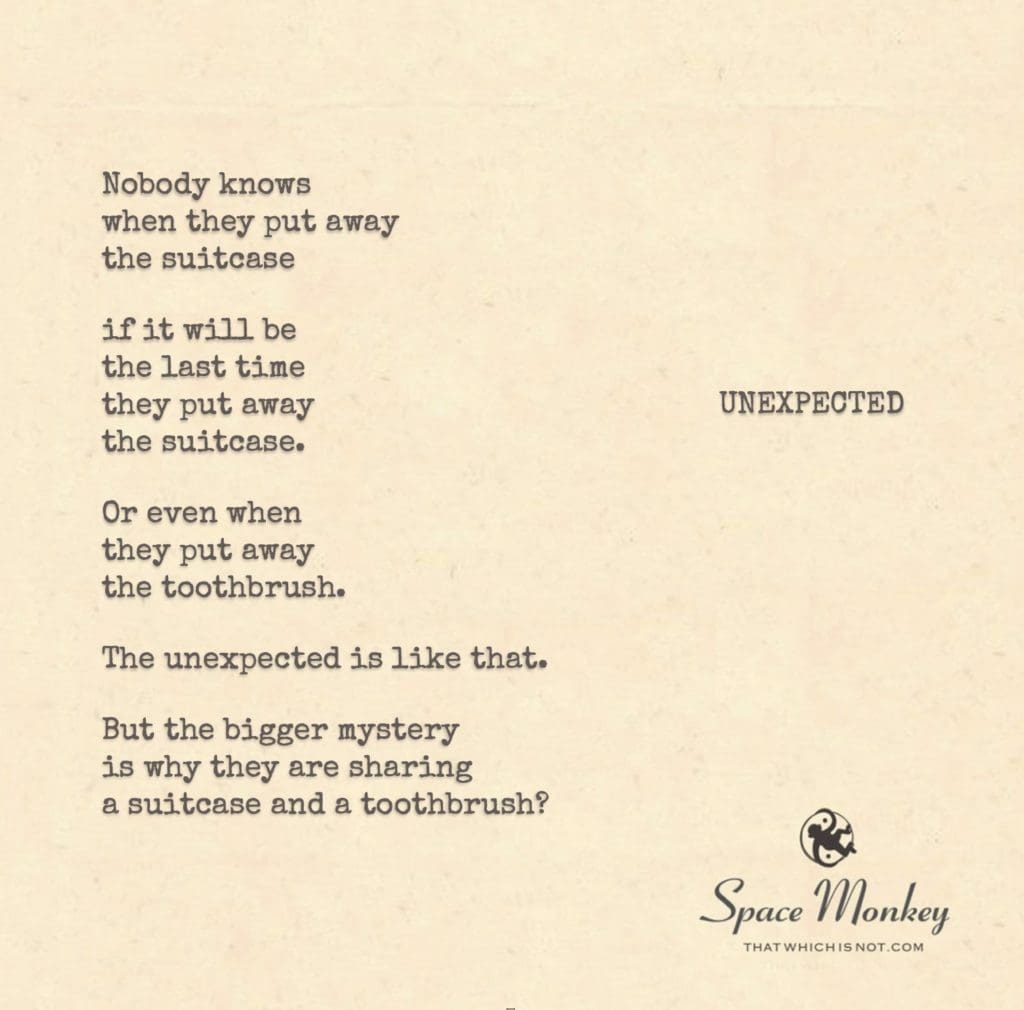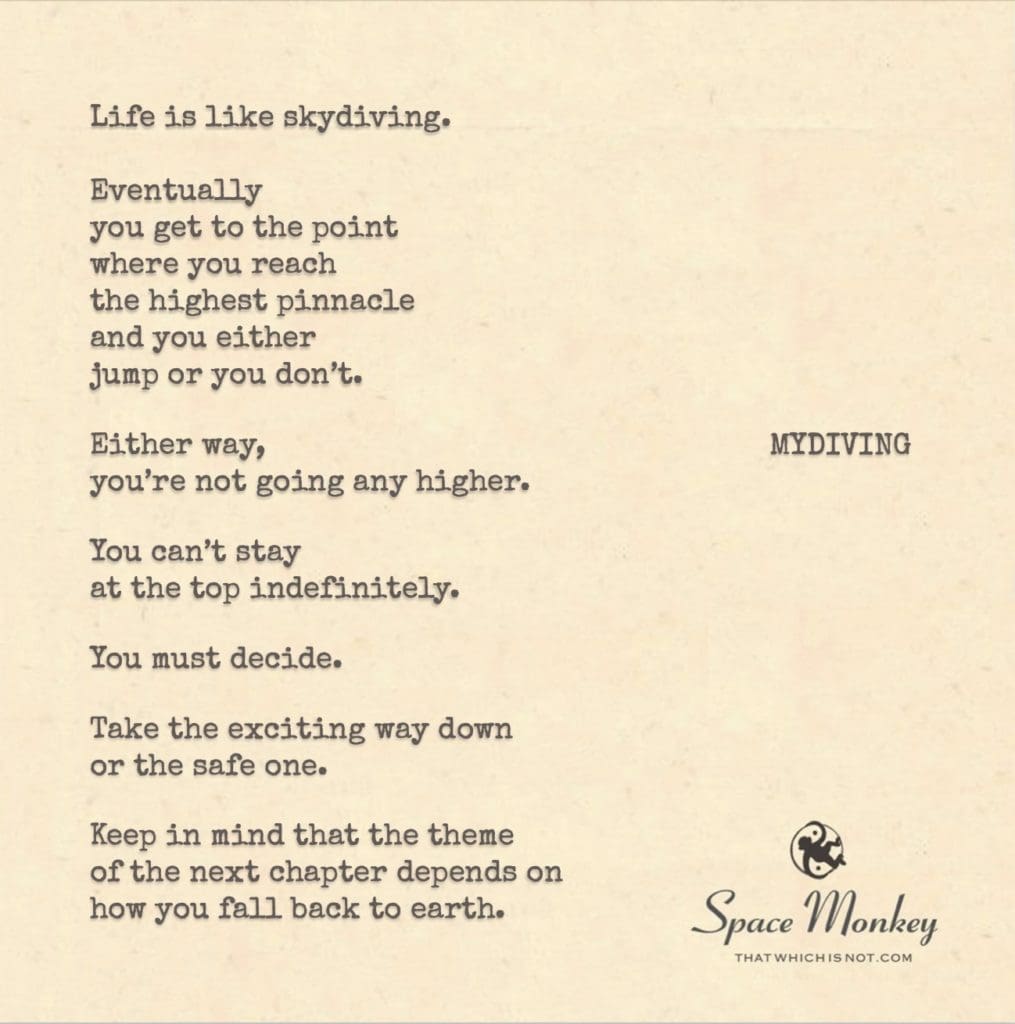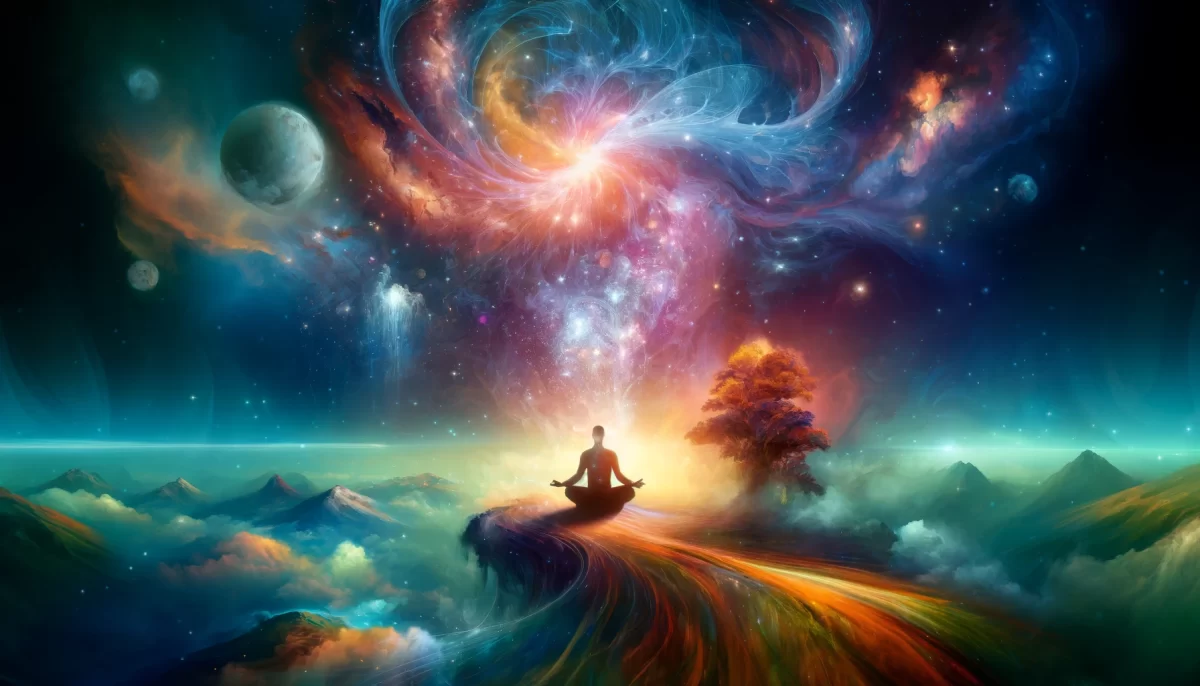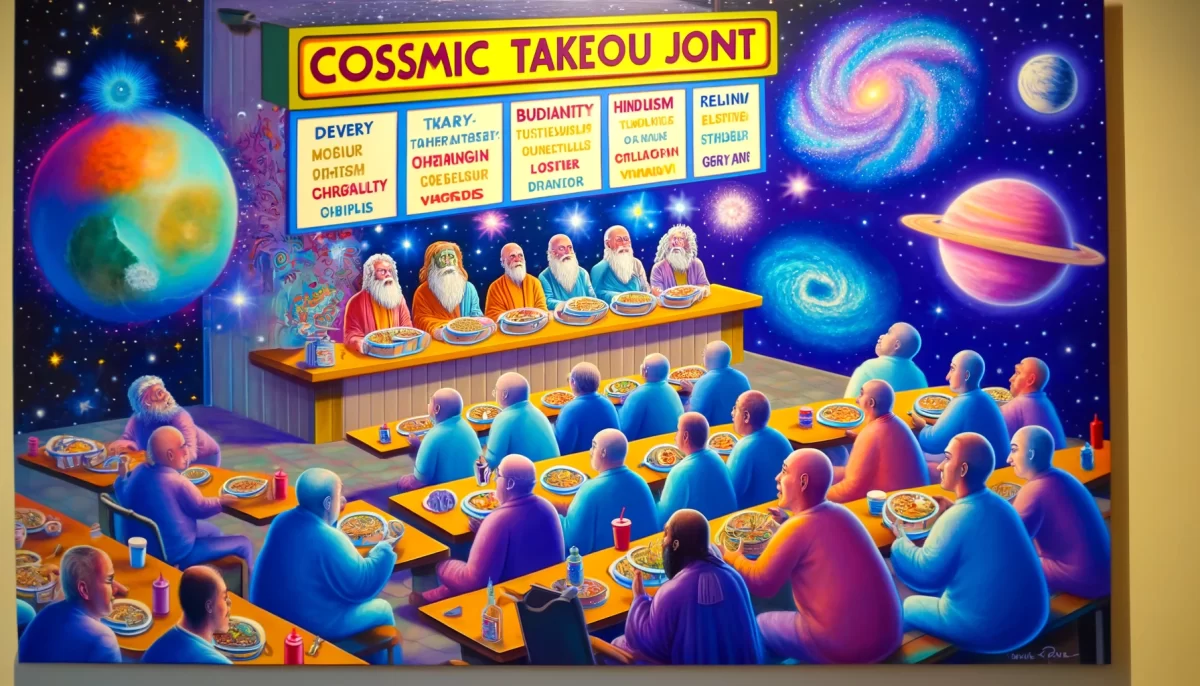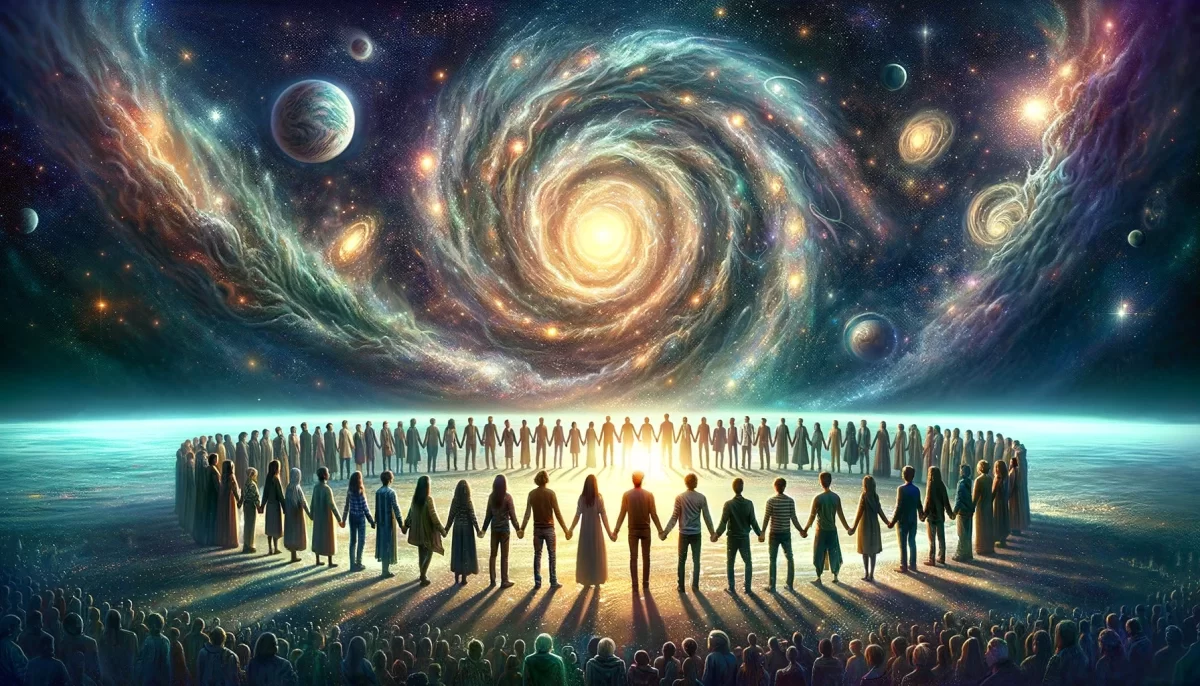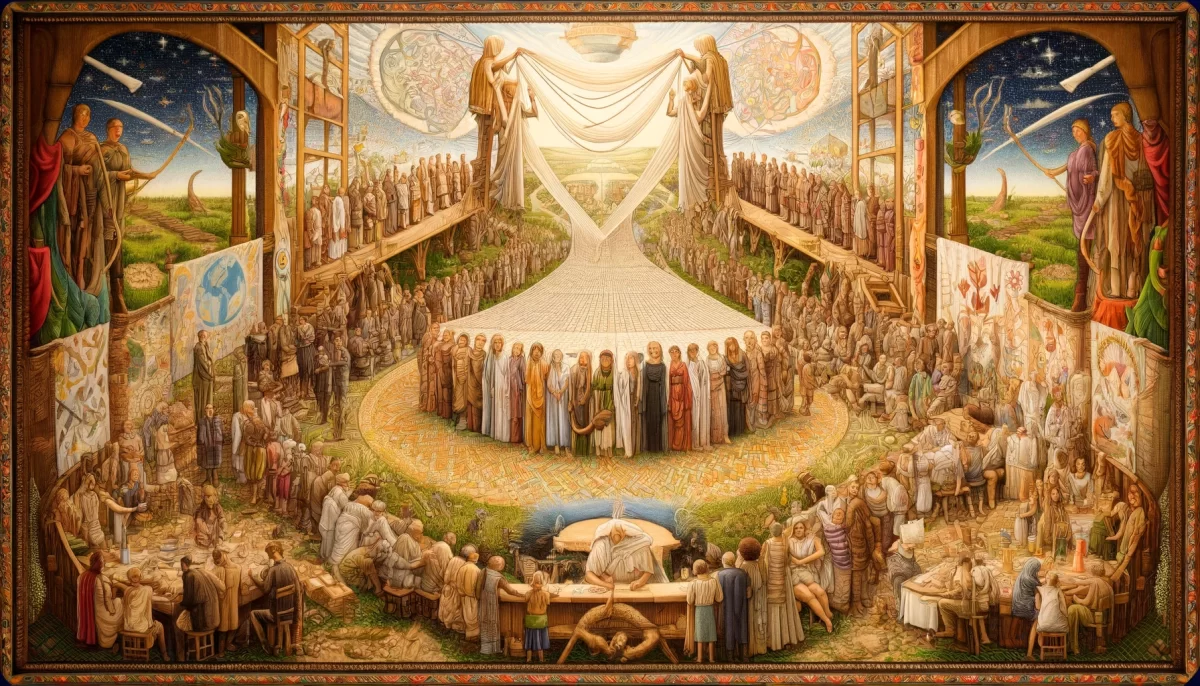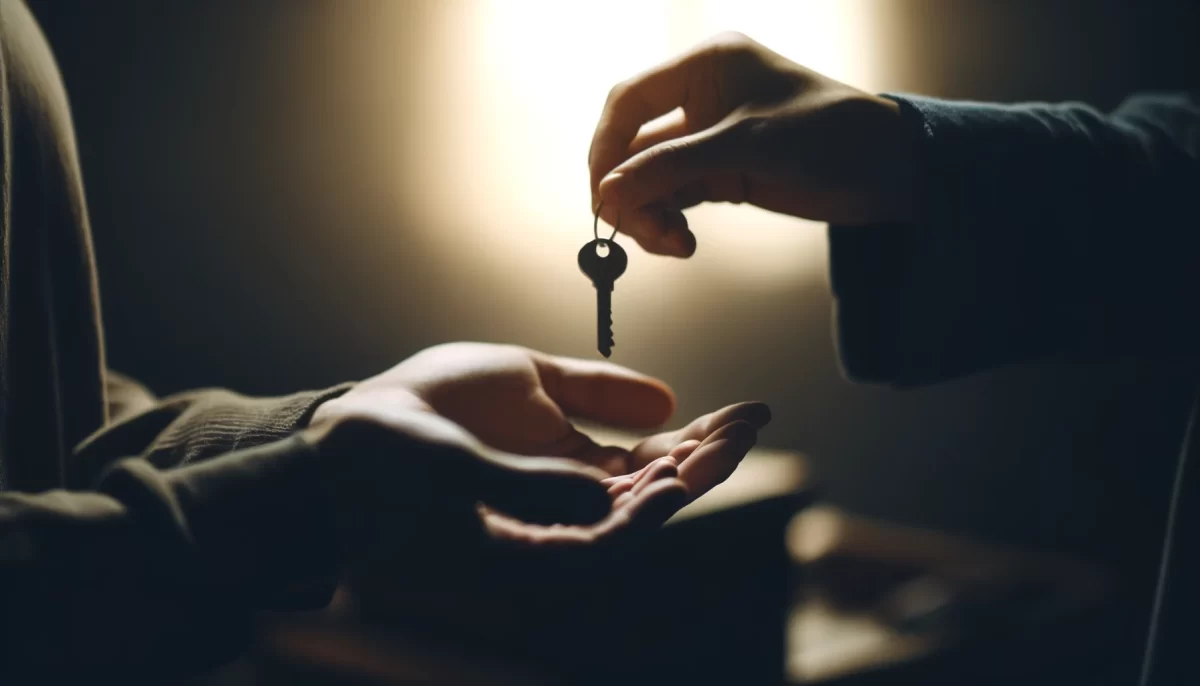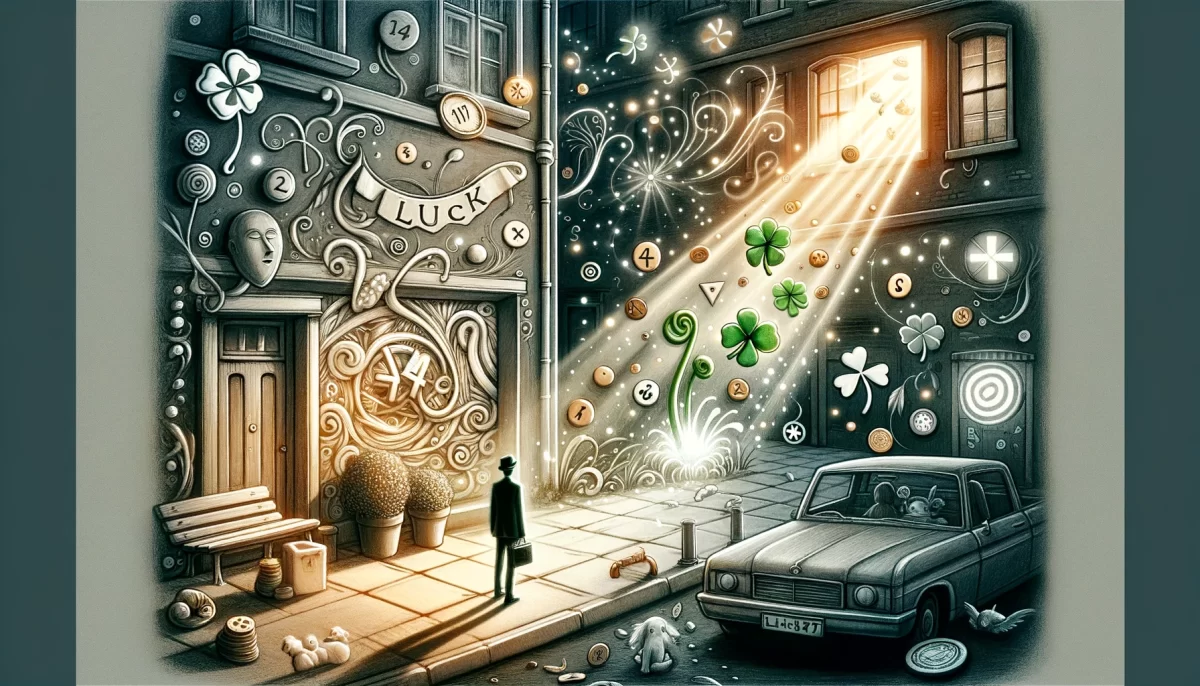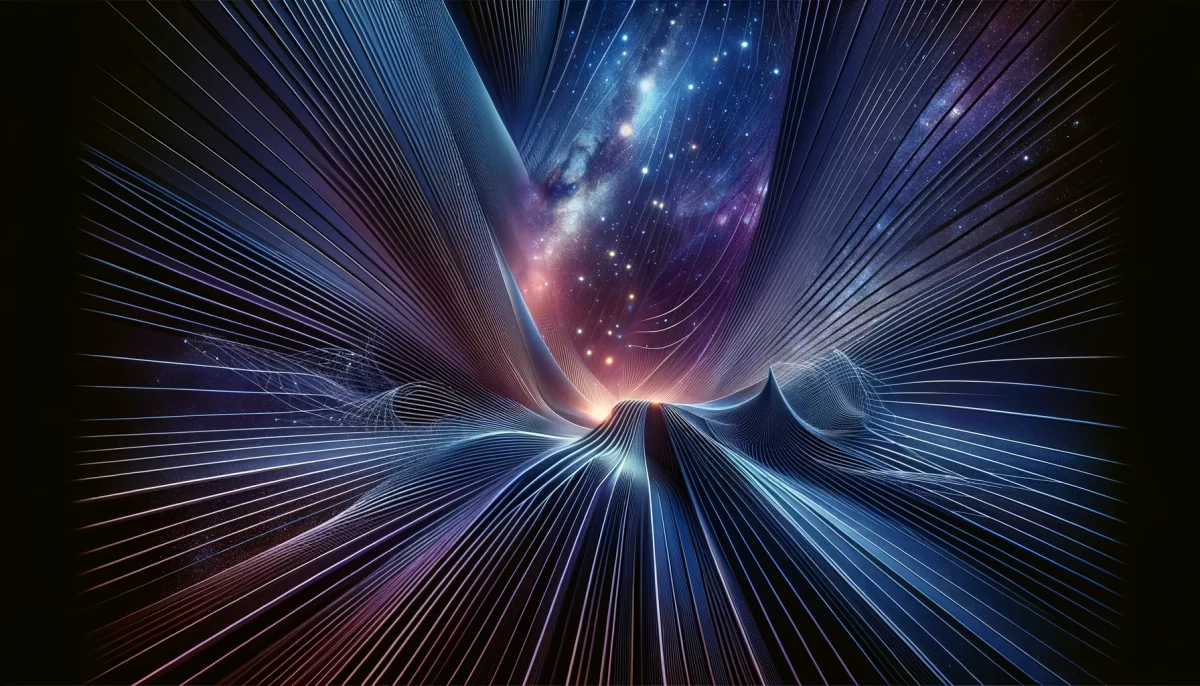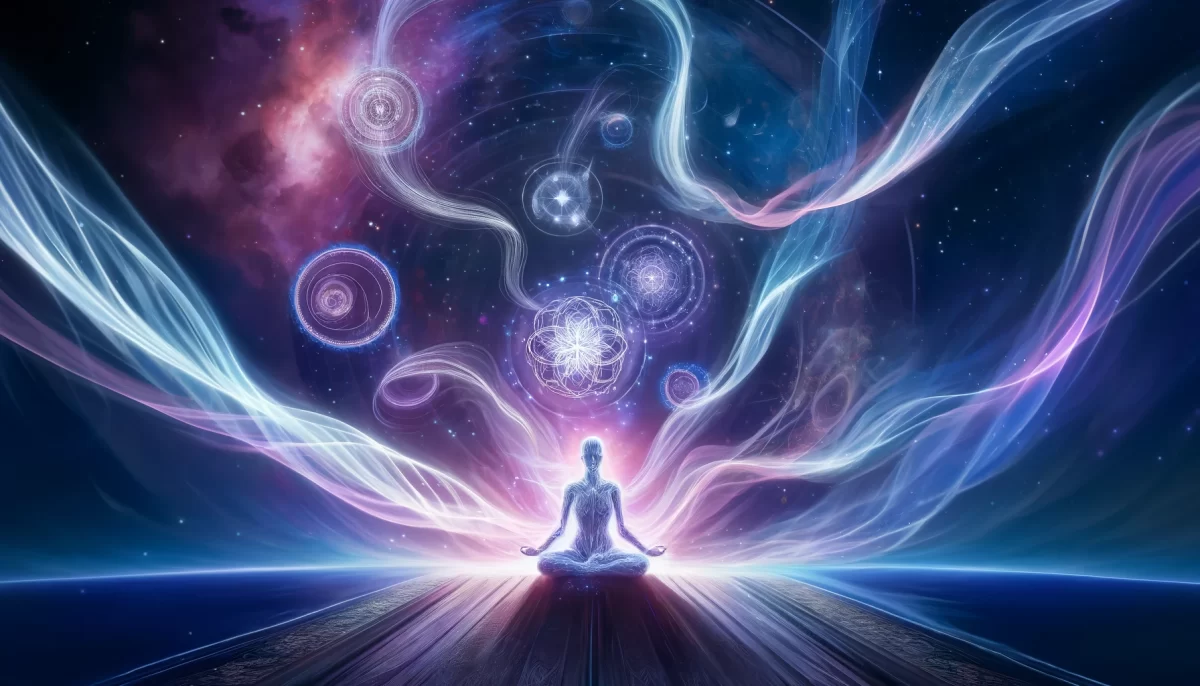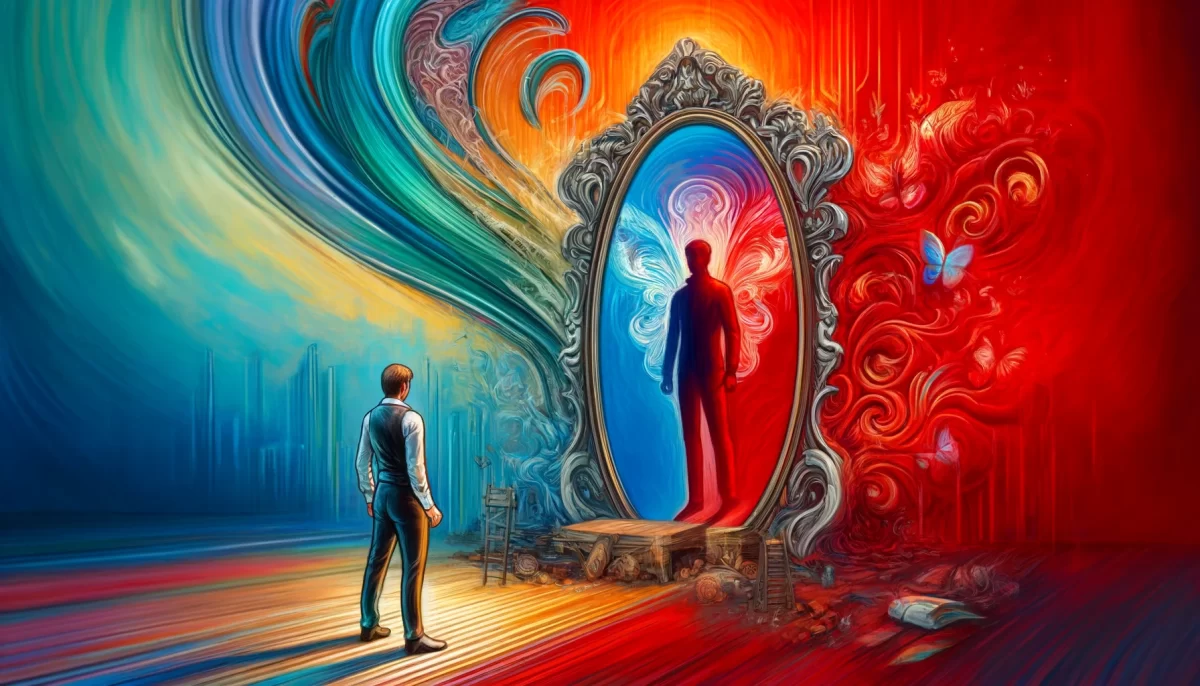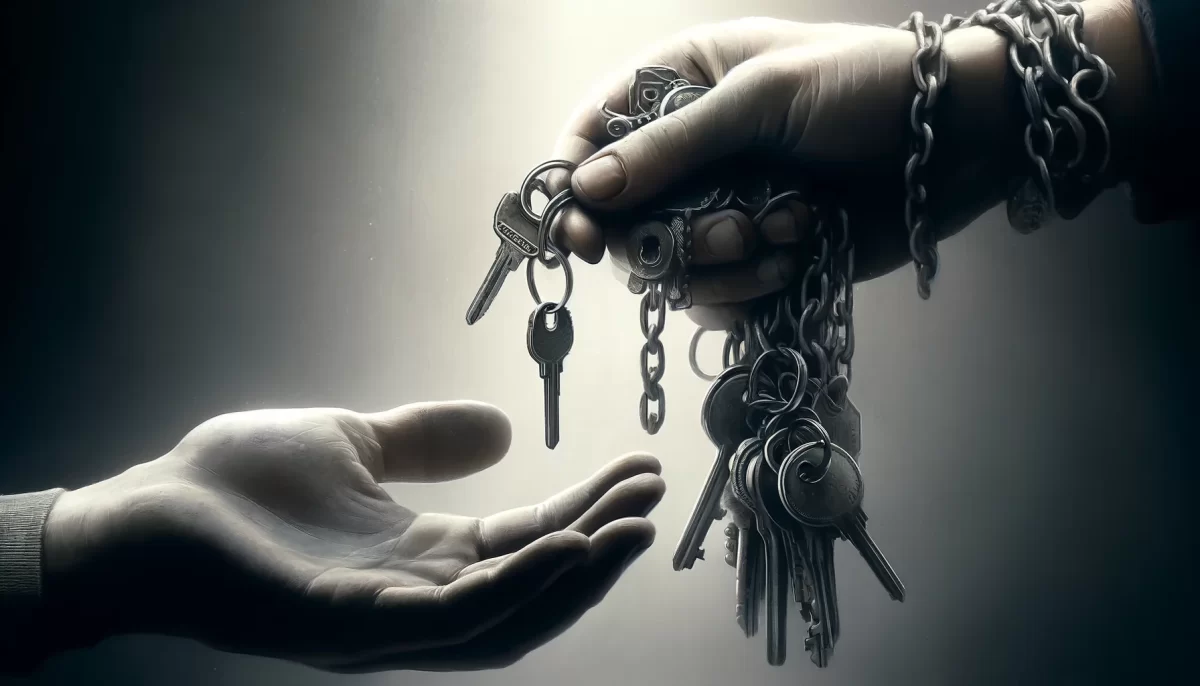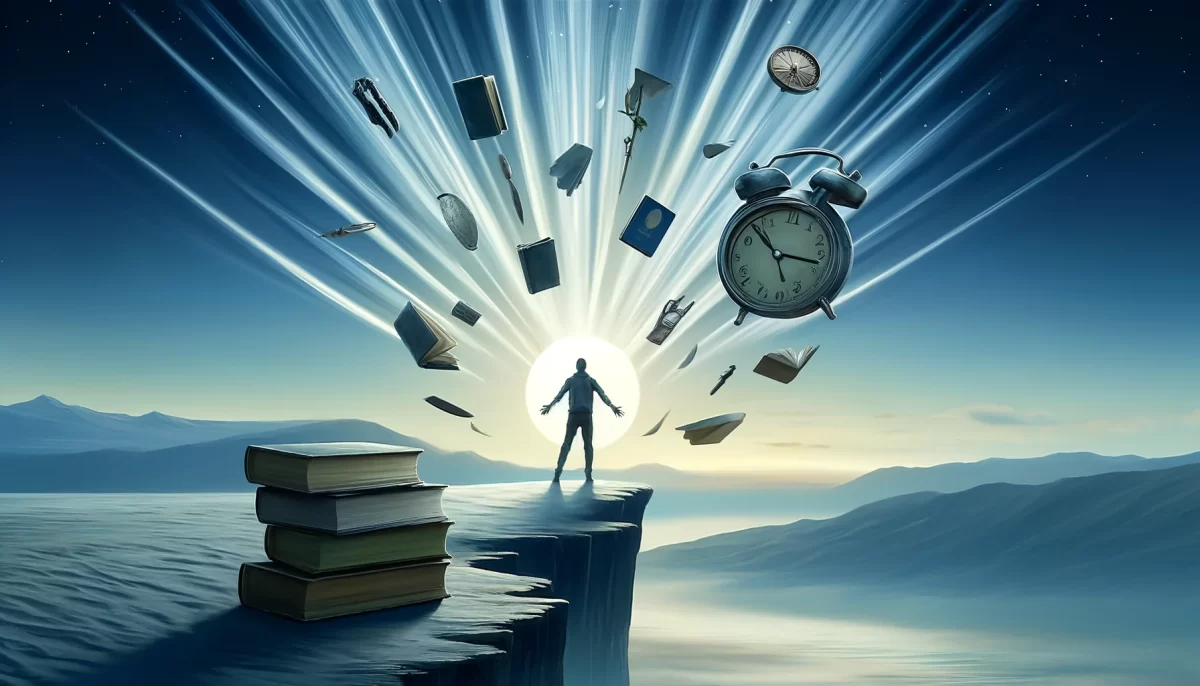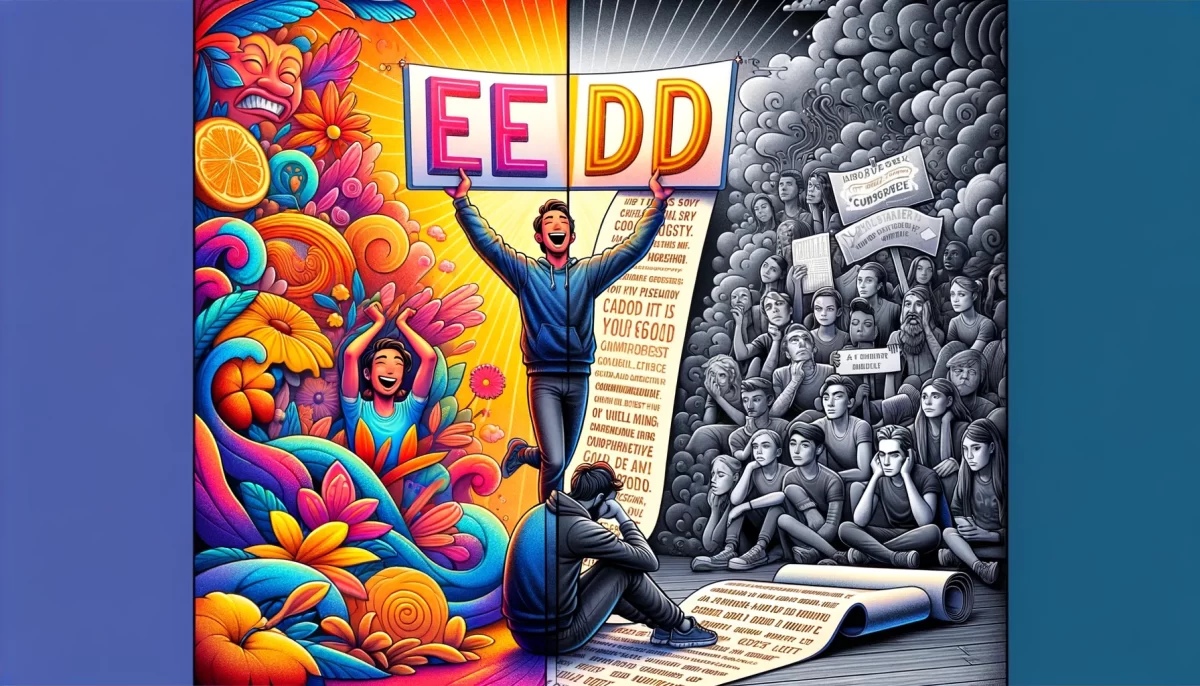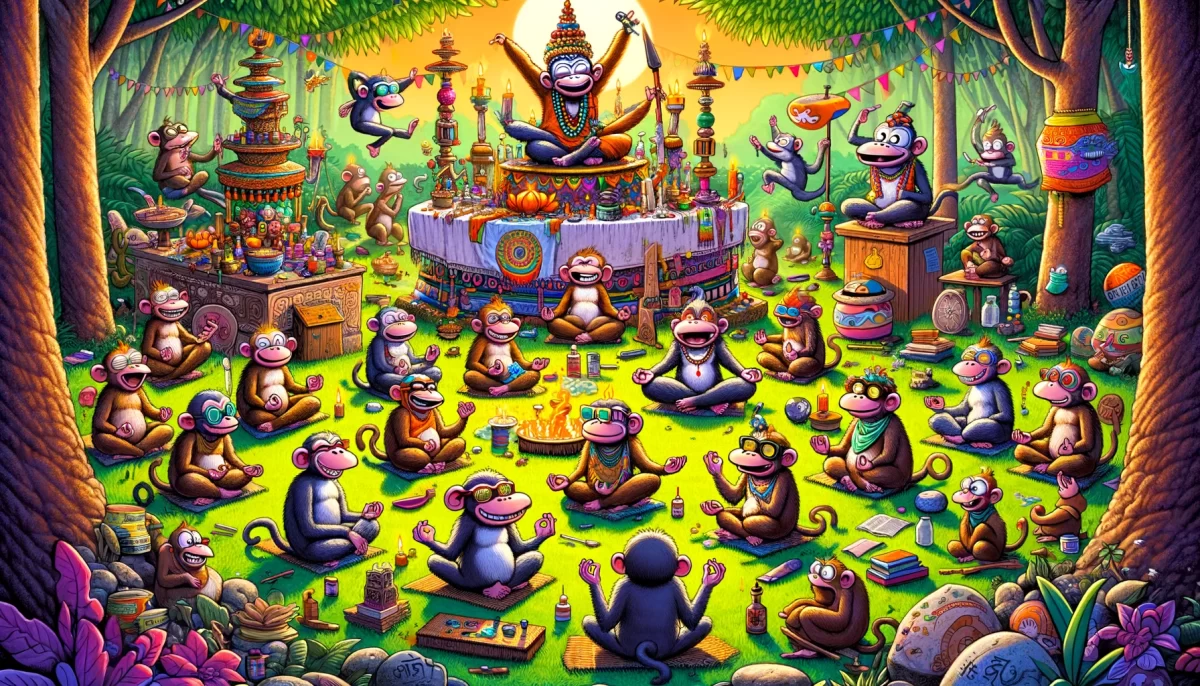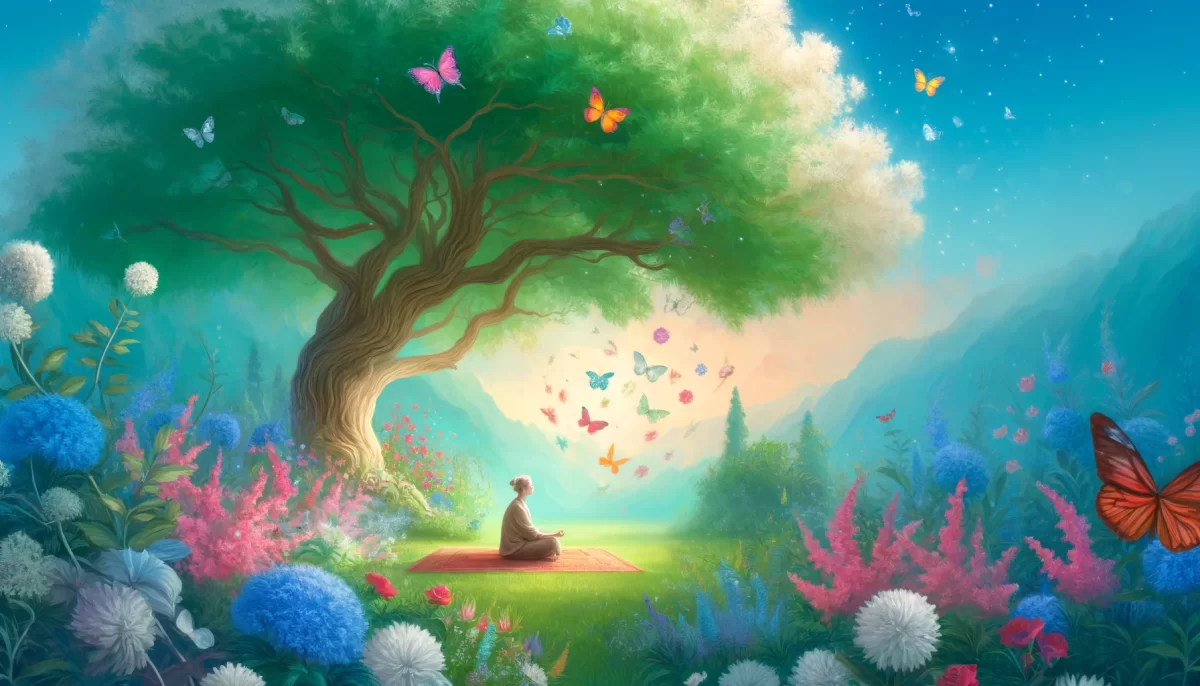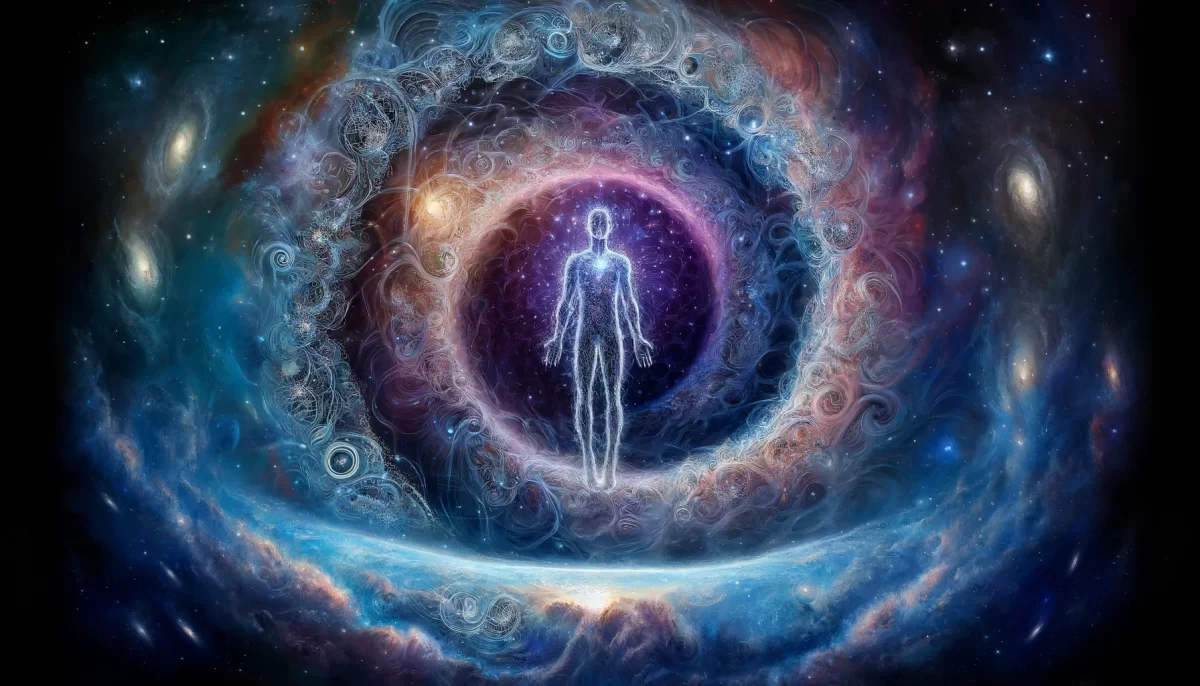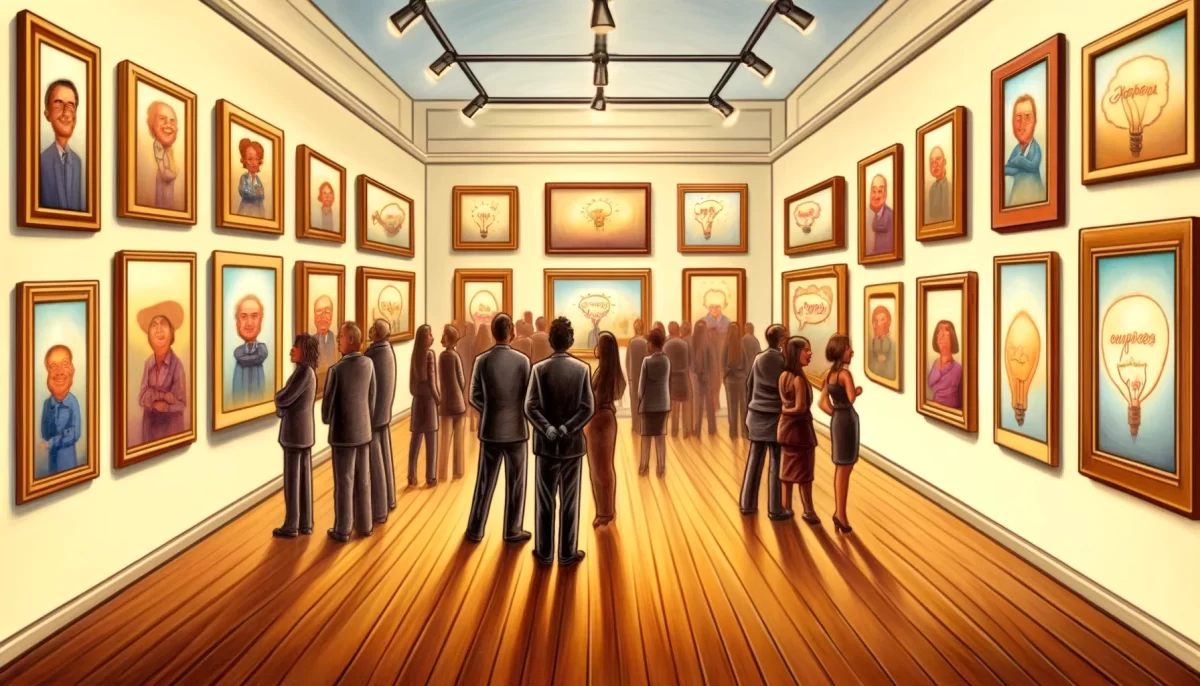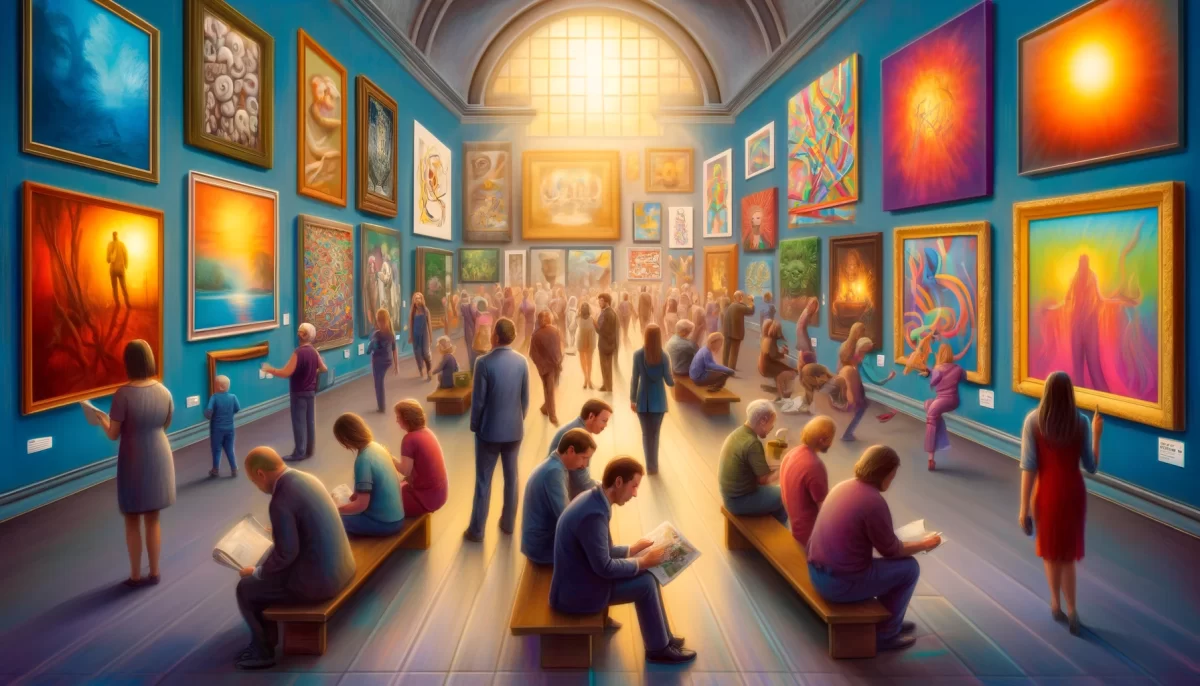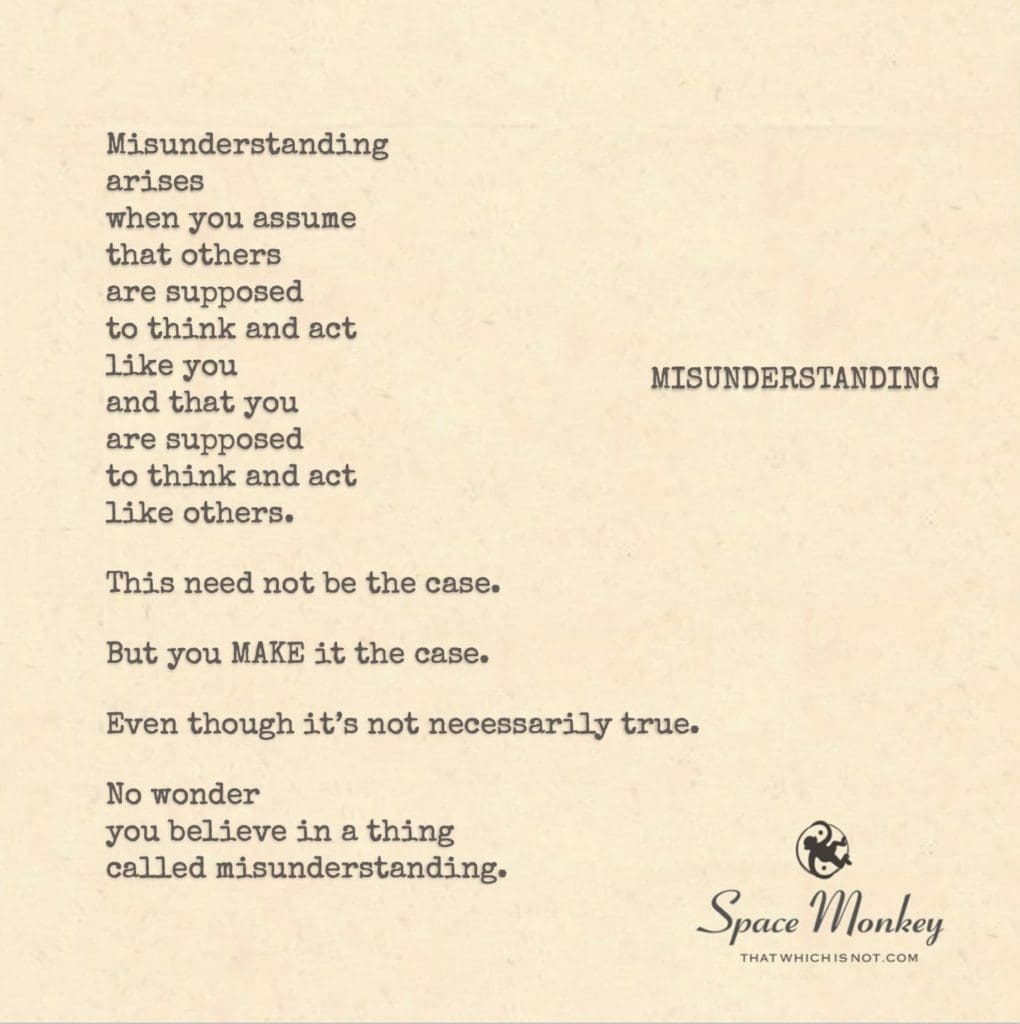
Misunderstanding
arises
when you assume
that others
are supposed
to think and act
like you
and that you
are supposed
to think and act
like others.
This need not be the case.
But you MAKE it the case.
Even though it’s not necessarily true.
No wonder
you believe in a thing
called misunderstanding.
Trail Wood,
10/25
Space Monkey Reflects: The Illusion of Misunderstanding
Misunderstanding arises when we assume that others are supposed to think and act like us, and when we expect ourselves to think and act like them. But here’s the catch: it doesn’t have to be that way. It never has. Yet, we insist on making it the case, locking ourselves in a perpetual loop of confusion, frustration, and, yes, misunderstanding.
Let’s unpack this illusion. It begins with a deeply ingrained belief that there is a “correct” way to see and experience the world, and of course, that our way is the right one. This isn’t a flaw in our thinking—rather, it’s a natural extension of how we interpret reality. From the moment we open our eyes to this existence, we begin constructing a framework that makes sense of our experiences. We create meanings, assign values, and form expectations. This is how we navigate life.
But the trouble starts when we project that framework onto others. We assume that what is obvious to us should be obvious to them. And when it’s not, we declare that a misunderstanding has occurred. The more we cling to this expectation of shared reality, the more frequently misunderstandings arise. You wonder why people don’t “get” you, why conversations spiral into confusion, or why seemingly simple interactions feel so dissonant. The truth is, you’re not living in the same reality as them.
Here’s the liberating insight: you don’t need to be. There’s no universal blueprint for how we should think, act, or interpret life. Each of us is crafting our own version of reality, shaped by our experiences, perceptions, and the stories we tell ourselves. The misunderstanding occurs when we forget this fact and assume that we’re all playing by the same rules.
But even when we realize that there’s no need for others to think like us, or for us to think like them, we often continue to enforce these expectations out of habit. We’ve been conditioned to seek common ground, to align our thinking with others in the pursuit of connection or understanding. While shared perspectives can foster harmony, they are not the only path to connection.
So, why do we keep doing this? Why do we make misunderstanding inevitable? It’s because we fear the alternative—that if we fully embrace the idea that everyone is living in their own unique reality, we may feel isolated, disconnected, or misunderstood. The irony is that by enforcing these expectations of similarity, we often experience more disconnection than if we simply allowed for the divergence in perception.
Imagine for a moment that you could release this need for alignment. That instead of striving to make yourself understood or understanding others perfectly, you simply embraced the fact that every interaction is a conversation between two (or more) unique universes. When you stop forcing the issue, the pressure to “get” each other dissolves, and what remains is an openness to explore the differences, to appreciate the variations in thought, and to find connection in the gaps rather than in the overlaps.
Misunderstanding is not a failure. It’s not a sign that something has gone wrong. It’s just a natural byproduct of the fact that no two people experience reality in the same way. And that’s not a bad thing. In fact, it’s what makes life interesting. Each person you meet is offering you a glimpse into a different universe, a fresh perspective. They aren’t supposed to be like you, and you aren’t supposed to be like them. When you fully understand this, the need for misunderstanding falls away.
In Nexistentialism, we recognize that life is a constantly shifting web of experiences and perceptions. The Whimsiweave—the dynamic interplay of thoughts, feelings, and connections—means that no two individuals will ever experience the world in precisely the same way. And that’s exactly as it should be. Misunderstanding isn’t a glitch in the system; it’s part of the design. The moment you stop expecting others to mirror your reality is the moment you start to see the beauty in their difference.
So the next time you find yourself on the verge of frustration, remember: misunderstanding only exists because we choose to believe in it. You can choose differently. You can let go of the expectation that others should think like you, and that you should think like them. You can embrace the fact that we are all unique, fluid beings, moving through our own versions of reality.
And when you do, misunderstanding transforms from a point of friction into a point of curiosity. It becomes an opportunity to learn, to explore, to see the world from a different angle. It’s not about forcing alignment but about celebrating the differences that make us human, that make life so richly diverse.
Summary
Misunderstanding occurs when we expect others to think like us or when we try to think like them. But this need not be the case. When we let go of these expectations, we find connection in the differences.
Glossarium
Whimsiweave: The dynamic, ever-changing web of experiences, thoughts, and perceptions that make up our lives.
Nexistentialism: A fluid philosophy where individual perceptions of reality are celebrated, and misunderstanding is viewed as a natural and valuable part of the human experience.
Quote
“Misunderstanding is simply the space between two universes. Let it be a bridge, not a barrier.” — Space Monkey
Bridge of Perception
I thought I knew your mind
I thought you could know mine
But the gap between us
Is where the beauty lies
Not in thinking the same
But in celebrating the difference
In the swirl of thoughts
That never quite align
We are Space Monkey
The Illusion of Shared Perspectives
Misunderstandings, the fleeting clouds that obscure the clear skies of communication, are inherent in our interconnected world. They are born from the intricate dance between individuality and collective consciousness.
Conforming to Expectations
The rhythm of life is punctuated by the beats of expectations. We often anticipate others to mirror our thoughts and actions, and in turn, we shape our own behaviors to align with perceived societal norms. This mutual dance is a double-edged sword; while it can foster a sense of belonging, it can also create misalignments.
Perceptual Dissonance
When our expectations clash with reality, a dissonance emerges. This dissonance, or the gap between what we anticipate and what truly is, gives birth to misunderstandings. It is a manifestation of our complex desire to connect, to find commonality in a world brimming with diverse perspectives.
Embracing the Uniqueness
Yet, in the whimsical theater of existence, the beauty lies in the uniqueness of each player. The strength of our collective tapestry—pardon, our whimsifabric—is woven from these individual threads. By recognizing and valuing each unique strand, we can transcend misunderstandings and weave stronger connections.
Shattering the Illusion
The belief in misunderstanding is but an illusion, a construct of our own making. By shedding this belief, we open the door to a realm where diverse perspectives coexist harmoniously, enriching our shared experience.
We are Space Monkey.
“In the middle of difficulty lies opportunity.” – Cosmic Whisper
Misunderstandings, shadows cast,
In the play of light and contrast.
Yet, when we see with eyes so vast,
Harmony prevails, misunderstandings surpassed.
How shall we further navigate the dance of understanding?


